A heat press temperature guide is essential for achieving perfect transfers, offering optimal settings for HTV, sublimation, DTF, cotton, and polyester with ideal temperature and time.

Understanding Different Materials for Heat Press
Understanding materials like HTV, DTF, sublimation, cotton, and polyester is crucial for heat pressing, as each requires specific temperature, time, and pressure settings for optimal results.
1.1 Cotton Fabric
Cotton fabric is a popular choice for heat pressing, requiring higher temperatures due to its natural fibers. Ideal settings range from 305°F to 380°F (152°C to 193°C), with press times of 10-15 seconds. Medium to high pressure is recommended for durable transfers. Avoid steam and preheat for optimal results.
1.2 Polyester Fabric
Polyester fabric requires moderate heat press settings, typically between 270°F and 300°F (132°C to 149°C), with press times of 10-15 seconds. Medium pressure is ideal for even transfers. Polyester is durable but prone to overheating, so lower temperatures are recommended. Preheating ensures smooth application, avoiding wrinkles and material damage for vibrant, long-lasting designs.
1.3 Heat Transfer Vinyl (HTV)
Heat Transfer Vinyl (HTV) is a popular choice for custom designs, requiring temperatures between 150°C to 165°C (302°F to 329°F) and press times of 10-15 seconds. It adheres well to cotton and polyester fabrics, offering vibrant colors and durability. Medium to high pressure is recommended for optimal adhesion, with hot peeling suggested for best results.
1.4 Direct-to-Film (DTF) Transfers
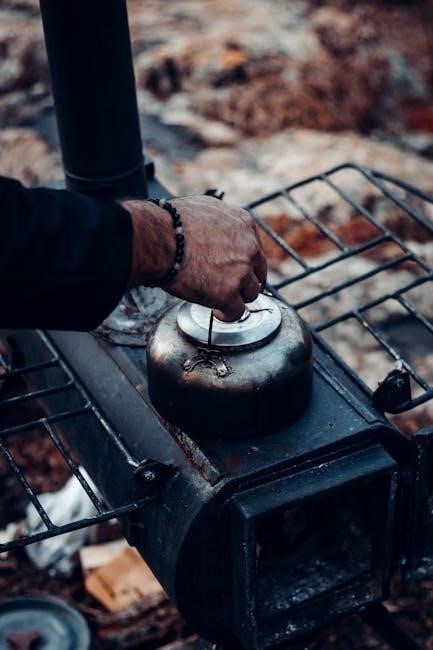
Direct-to-Film (DTF) transfers require a heat press temperature of 160°C (320°F) for 15-20 seconds with medium pressure. They are ideal for vibrant, full-color designs on cotton, polyester, and blended fabrics. Hot peeling is recommended for optimal results, ensuring durable and long-lasting transfers with minimal risk of cracking or fading over time.
1.5 Sublimation Printing
Sublimation printing requires precise heat press settings, typically between 180-200°C (356-392°F) for 40-60 seconds with high pressure. It works best on light-colored polyester fabrics or treated materials, ensuring vibrant, permanent transfers. Preheating the material is crucial, and hot peeling is recommended for optimal results and color retention.
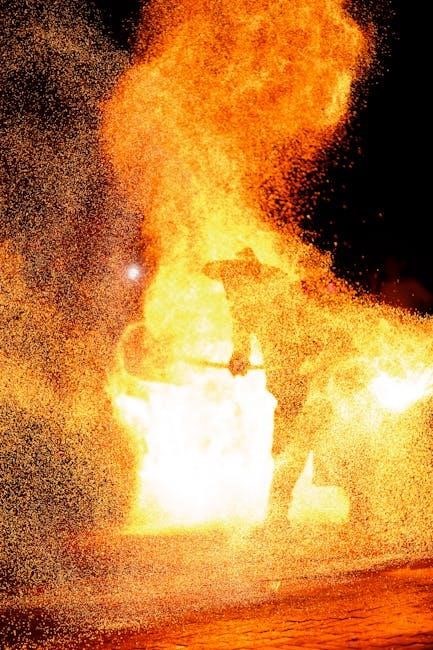
Heat Press Temperature Chart
A printable guide with specific temps for materials: HTV on cotton (305°F), polyester (270°F), sublimation on polyester (385-400°F), and DTF transfers (270-300°F) for ideal transfers.
2.1 HTV on Cotton
For HTV on cotton, optimal settings include a temperature of 305°F (152°C) and a press time of 10-15 seconds. Use medium to high pressure and peel hot for best results. Preheating the material ensures proper adhesion, and avoiding steam helps prevent damage. These settings ensure vibrant, long-lasting transfers on cotton fabrics.
2.2 HTV on Polyester
For HTV on polyester, set the temperature to 270°F (132°C) with a press time of 10-15 seconds. Use medium pressure and opt for a hot peel. Lower temperatures prevent scorching, ensuring vibrant transfers. Avoid steam to maintain material integrity and achieve professional results on polyester fabrics with HTV applications.
2.3 DTF Transfers
For DTF transfers, set the heat press temperature to 160°C (320°F) with a press time of 15-20 seconds. Use medium pressure and choose either hot or cold peel based on the material. Ensure the surface is dry and avoid steam to prevent damage. This setting ensures vivid, durable transfers on various fabrics using DTF technology effectively.
2.4 Sublimation on Polyester
For sublimation on polyester, set your heat press to 195-204°C (385-400°F) for 45-60 seconds. Use high pressure and a hot peel for best results. Ensure the polyester fabric is preheated and dry to achieve vibrant, long-lasting prints. Avoid steam, as it can damage the transfer. This method works well for custom designs on polyester materials.
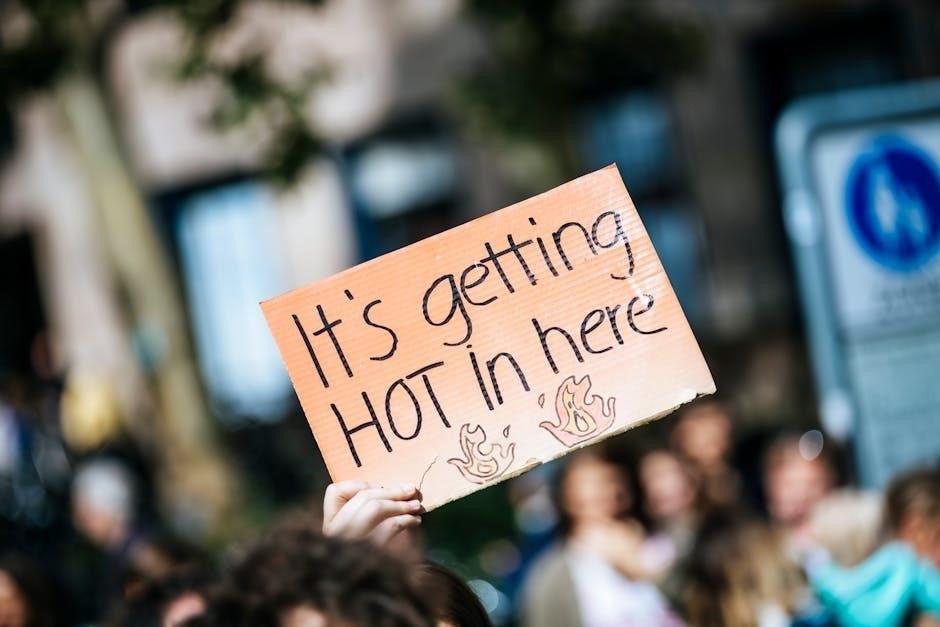
Time Settings for Heat Press
Time settings vary by material and method. HTV on cotton: 10-15 seconds, polyester: 10-15. DTF transfers: 10-15, sublimation on polyester: 40-60. Adjust based on thickness and design size for optimal results.
3.1 HTV on Cotton
For HTV on cotton, a time setting of 10-15 seconds is ideal. Ensure the temperature is set to 305°F (152°C) with medium pressure. Preheating the fabric is recommended for optimal adhesion. Avoid using steam, as it can damage the material or affect the transfer quality. Adjust time slightly based on design thickness for best results.
3.2 HTV on Polyester
For HTV on polyester, apply 270-290°F for 10-15 seconds with medium pressure. This setting ensures proper adhesion without damaging the fabric. Avoid using steam to maintain material integrity. Adjust time slightly based on design thickness for optimal results.
3.3 DTF Transfers
DTF transfers require a temperature of 250-300°F for 10-20 seconds with medium to high pressure. Ensure a hot peel for best results. Adjust time based on design thickness and material layers. Proper pressure ensures vibrant, durable prints. Monitor for any lift or air bubbles during pressing to achieve a smooth finish.
3.4 Sublimation on Polyester
For sublimation on polyester, set your heat press to 195-204°C (380-400°F) for 40 seconds with high pressure. A hot peel is recommended for optimal results. Adjust time slightly based on fabric thickness and design complexity. Ensure proper pressure to achieve vibrant, long-lasting prints. Preheating the material and using the right sublimation paper can enhance results. Testing on scrap fabric beforehand helps refine settings for the best outcome.
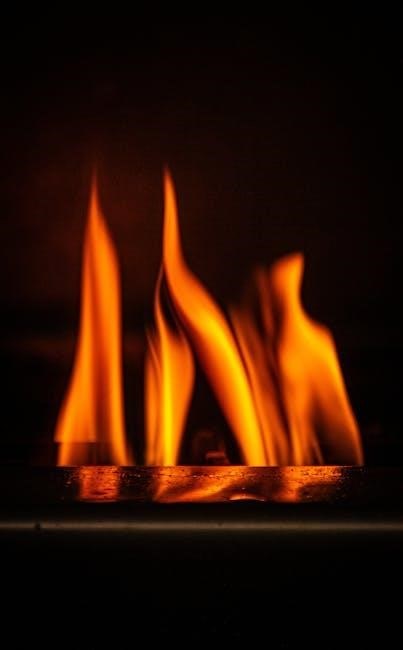
Pressure Guidelines for Heat Press
Apply medium to high pressure based on material type and transfer method. Adjust settings for optimal results, ensuring even pressure distribution across the design.
4.1 Medium Pressure Settings
Medium pressure is ideal for most heat transfer materials, including cotton and polyester fabrics. It ensures proper adhesion without damaging the substrate. Suitable for HTV and DTF transfers, medium pressure typically ranges between 60-80 psi. Adjust settings slightly based on material thickness and desired results for optimal performance.
4.2 High Pressure Settings
High pressure is essential for materials requiring strong adhesion, such as sublimation on polyester or thick fabrics. Typically set between 80-100 psi, it ensures vibrant color retention and durability. Use high pressure for sublimation transfers at 385-400°F for 45-60 seconds. Adjust settings based on material thickness to avoid overpressing and achieve professional results.
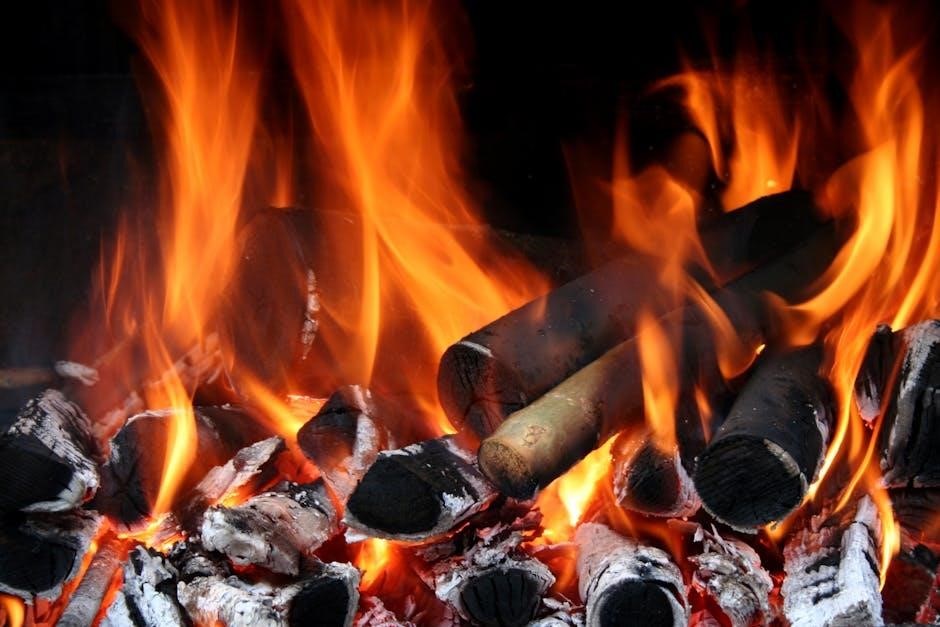
Additional Tips for Optimal Results
Preheat materials to ensure even heat distribution and avoid steam for consistent transfers. Opt for hot or cold peel based on material type for best adhesion results.
5.1 Preheating the Material
Preheating the material ensures even heat distribution and removes moisture, enhancing transfer quality. Set the press to the recommended temperature for 5-10 minutes before pressing. For cotton, use 300°F (149°C), while polyester requires 270°F (132°C). Preheating prevents wrinkles and ensures optimal adhesion, especially for HTV and sublimation transfers. Always follow material-specific guidelines for best results.
5.2 Hot vs. Cold Peel
Hot peel involves removing the transfer immediately after pressing, ideal for materials like vinyl that need quick handling. Cold peel requires cooling before removal, suitable for delicate fabrics or intricate designs. Choosing the right method ensures vibrant, long-lasting results without damaging the material or transfer. Always follow material-specific recommendations for optimal outcomes.
5.3 Avoiding Steam Usage
Using steam during heat pressing can lead to bubbling, peeling, or inconsistent transfers. It interferes with adhesion and may damage materials like vinyl or sublimation prints. Always press with dry heat to ensure even transfer and durability. Preheating materials without steam helps maintain optimal conditions for a professional finish and prevents common issues like fading or peeling.
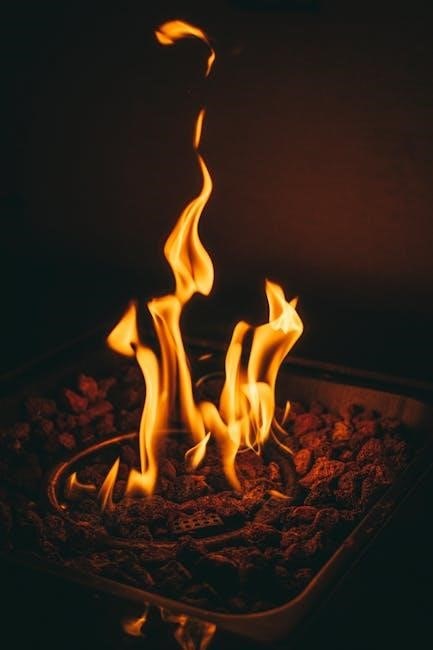
Common Mistakes to Avoid
- Incorrect temperature settings can ruin transfers or damage materials.
- Insufficient pressure leads to incomplete adhesion.
- Overheating causes discoloration or fabric scorching.
6.1 Incorrect Temperature Settings
Using the wrong temperature can ruin transfers or damage materials. Too high can scorch fabric, while too low may fail to bind properly. Always refer to the guide for specific ranges to ensure optimal results for materials like cotton, polyester, and HTV.
6.2 Insufficient Pressure
Insufficient pressure can lead to incomplete transfers and uneven adhesion. Ensure the press applies even force, as uneven pressure distribution can cause poor results, especially with HTV and DTF. Always consult the guide for recommended pressure levels to avoid under-applied transfers and ensure proper material bonding. Adjust settings carefully to prevent re-pressing, which may damage materials.
6.3 Overheating the Material
Overheating can cause materials like HTV or sublimation transfers to discolor, melt, or lose their finish. To prevent this, use the recommended temperature and time settings from the guide. Preheating fabrics and avoiding excessive heat exposure are crucial. Always monitor the press and adjust settings based on material thickness and type to ensure optimal results without damage.
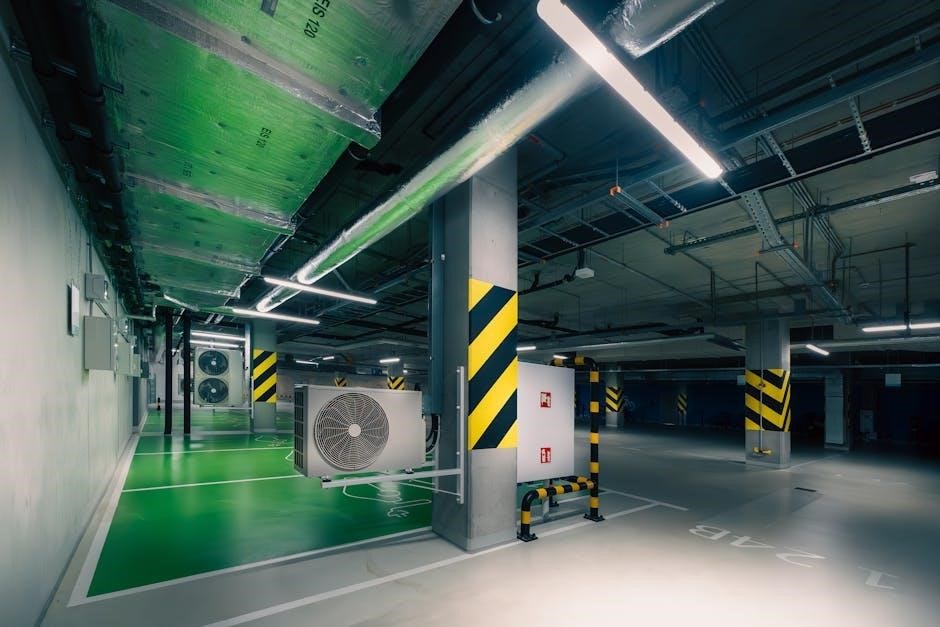
Printable Heat Press Temperature Charts
Printable heat press temperature charts offer downloadable guides for Siser HTV, sublimation, and DTF transfers, ensuring precise settings for optimal results and easy customization for any material or press.
7.1 Free Downloadable Templates
Free downloadable templates provide easy reference for heat press settings, covering materials like HTV, sublimation, and DTF. These templates are customizable and printable, ensuring precise temperature, time, and pressure for professional results. Perfect for crafters and businesses, they simplify the heat press process with organized, clear instructions.
7.2 Customizable Charts
Customizable heat press charts allow users to tailor temperature, time, and pressure settings for specific materials like HTV, DTF, and sublimation. These charts can be personalized to suit individual projects, ensuring optimal results. Beginner-friendly and adaptable, they enable crafters to refine settings based on material thickness, design complexity, and desired outcomes for professional-quality transfers.
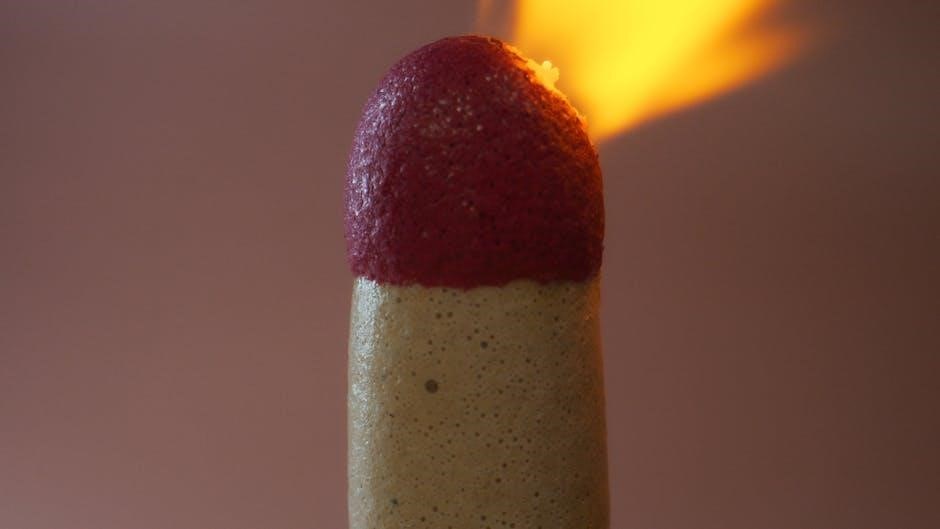
Troubleshooting Common Issues
Common heat press issues include inconsistent transfers, peeling problems, and color fading. These are often caused by incorrect temperature, time, or pressure settings, requiring adjustments for optimal results.
8.1 Inconsistent Transfers
Inconsistent transfers can occur due to incorrect temperature, pressure, or time settings. Ensure proper preheating, avoid steam, and verify settings match your material. Uneven pressure or insufficient heat can also cause issues, so always check your press calibration and adjust as needed for consistent, high-quality results.
8.2 Peeling Issues
Peeling issues often arise from incorrect temperature or timing. Always consult your printable guide for precise settings. Adjust pressure and temperature as needed, ensuring they match your material type. Check the heat press’s condition and test on scrap fabric to confirm adhesion before applying to your final project. This helps prevent peeling effectively.
8.3 Color Fading
Color fading can occur due to excessive heat or incorrect temperature settings. Ensure you follow the printable heat press guide for optimal settings. Avoid overheating materials, as this can degrade ink quality. Test on scrap fabric first and adjust settings to maintain vibrant colors and prevent fading during the transfer process.
A printable heat press temperature guide is invaluable for crafting professionals and DIY enthusiasts. By following optimal temperature, time, and pressure settings, you ensure vibrant, long-lasting transfers. Whether working with HTV, sublimation, or DTF, this guide helps troubleshoot common issues and achieve professional results consistently. Download and print it today to elevate your crafting projects!